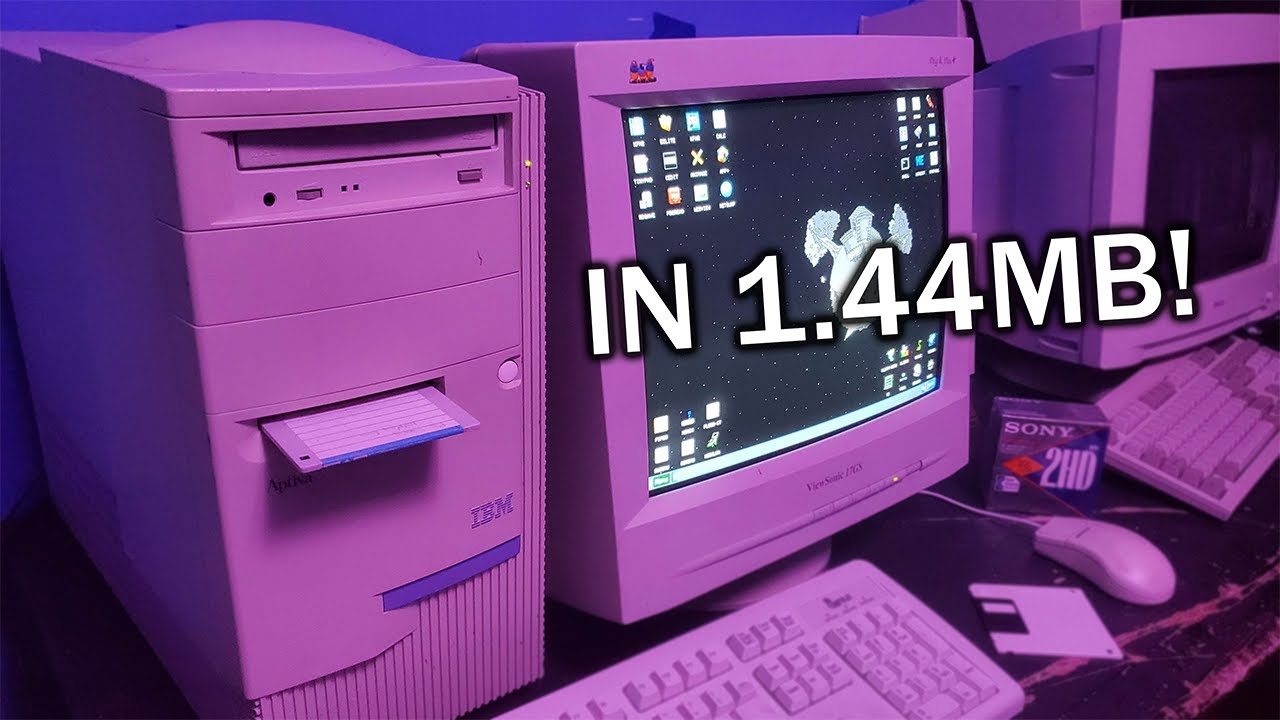- cross-posted to:
- [email protected]
- cross-posted to:
- [email protected]
What is “Reagan era”?
Something OP put in the title as clickbait and it’s not even accurate. Ronald Reagan went out of office in 1989 while the video clearly states the OS used needs at least an Intel Pentium processor which was released in 1993.
The term of a US president in the early 1980s.
Thanks. Appearantly time is measured by a single countries presidents now :/
should we use world presidents instead?
How about using years? “This OS runs on 80s hardware” is still impressive, understandable, and wrong.
nah, let’s use average lobster life since epoch. That would date ~0.5 lobster lives which is easy to read and understandable by everyone
Only use Unix time.
brubbrubbru.
But that’s not important right now.
I mean, LOAF was a thing (Linux on a Floppy) that had basic functionality even as most distros were downloaded or on CD. I can’t imagine anyone still develops it, though.
For anybody else curious, he’s using KalibriOS.
It’s an open source, ultra-lightweight os that is not a fork of Linux… I think.
Neat project though!
Yeah it’s not Linux. It’s forked off MenuetOS (https://menuetos.net/ ) which is a hobby OS written entirely in assembly (FASM flavor, https://flatassembler.net/ ).
It should be possible, right? It’s not like we’ve gotten worse at coding. All the bloat is a function of people not caring, and to some degree different requirements.
I should check if lemmy.sdf.org is back online. Retrocomputing would love this.
Mentioning @[email protected], so I can find this easier.
All the bloat is a function of people not caring, and to some degree different requirements.
At the operating system level I would say the different requirements are probably the more relevant reason than people not caring. Modern operating systems, even ones optimized for weaker hardware, include a lot of stuff that was either not invented or at least not common in consumer PCs in the 80s and early 90s:
- wifi
- several encryption standards, especially TLS
- many other network-related features; we’re talking about a time before HTTP and most other modern protocols were invented
- support for multi-core CPUs or even multi-tasking at all
- modern memory management (paging, virtual memory, swapping…)
- USB
- proper audio output instead of just a few predefined channels
- much more complicated video output
- drivers for all the most common hardware so you can just install it and go
- …
And that’s not even talking about people expecting a modern-looking desktop environment, web browser, file browser, image viewer, text editor and so on. The linux kernel is modular so if you compile your own, you can disable a lot of stuff that you don’t need to save space and with something written specifically for those old machines, you can strip out even more stuff you don’t need.
That being said, the thread title is very misleading. In the video he states the OS he uses works on the original Pentium processor which came out in 1993. Four years after Reagan went out of office.
That’s a good point. Supporting all hardware in particular is a pretty big ask. Maybe you could cleverly fit memory management into a small amount of code, but a pile of arbitrary standards can’t really be meaningfully compressed.
In the video he states the OS he uses works on the original Pentium processor which came out in 1993. Four years after Reagan went out of office.
I was wondering. That didn’t look like an 80’s computer.





